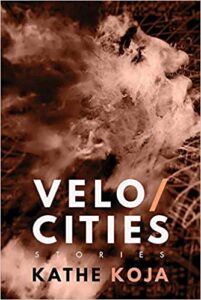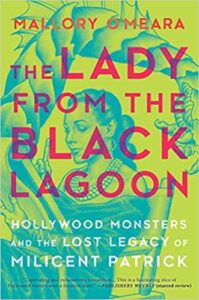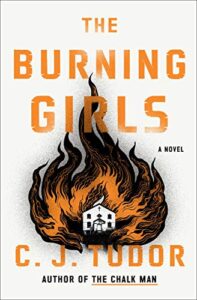( Bookshop.org | Amazon.com )
Velocities: Stories by Kathe Koja
Meerkat Press, 2020
ISBN-13: 139781946154231
Available : Paperback and Kindle
Kathe Koja’s work defies any label. Certainly it is in the area of dark fiction, often imbued with gloomy atmospheres, occasionally turning into horror, sometimes disguised as historical vignettes. The eclectic nature of her literary output is well represented in this collection, which provides an effective showcase of some her short fiction, previously scattered in different anthologies, as well as two new ones.
Thus, if you’re not familiar with this gifted author, the present volume is a great opportunity to get acquainted with her work. While most of the stories collected here have been previously published, there are two original to this collection.
The book is formally divided into five different sections: At Home, Downtown, On the Way, Over There, and Inside, but, truth be told, these labels mean very little in terms of the stories’ content.
This volume features thirteen stories, some more memorable than others, but mostly interesting and quite enjoyable. To me the more accomplished tales are: “Baby”, a dark story revolving around a peculiar puppet; “The Marble Lily”, featuring a morgue janitor morbidily fascinated with death; “Pas de Deux”, portraying a woman who decides to leave the boring comfort of her married life to totally devote herself to dancing; “Far and Wee”, where country life and city life are painfully compared; the disquieting “ La Reine d’Enfer”; and the gloomy “Coyote Pass”.
Very few writers share Koja’s ability to describe the grim side of life and the pain and secret melancholy of human condition. You’ve been warned.
Contains: occasional sex and mild violence
Reviewed by Mario Guslandi
Editor’s note: Velocities: Stories is a nominee on the final ballot for the 2020 Bram Stoker Award for Superior Achievement in a Fiction Collection.







Follow Us!